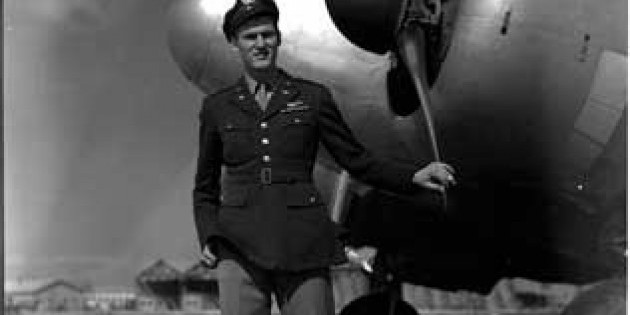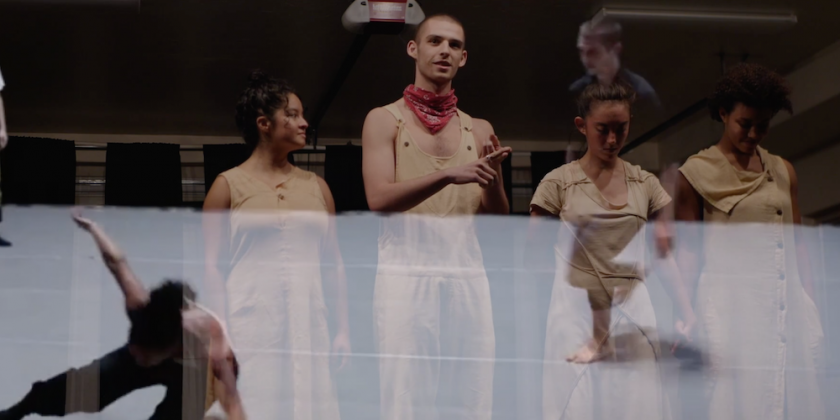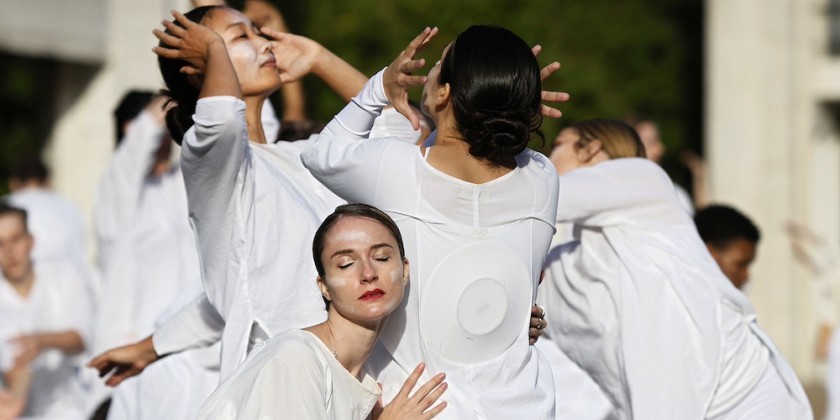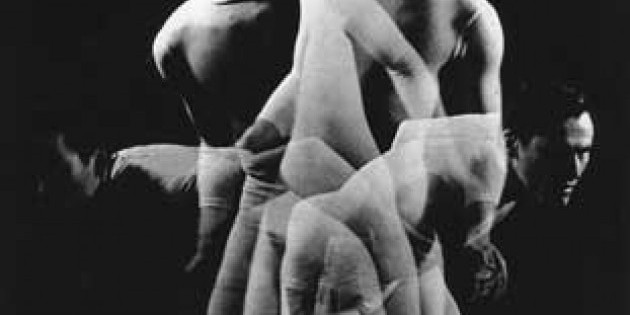Special Dance Enthusiast Feature: MUSCLE MEMORIES (The Third Installment in series of short essays by Stuart Hodes)

On "CHOREOGRAPHERS" and "FLIGHT"
Stuart Hodes piloted bombers in WWII, and wrote for an unofficial army newspaper. He was Martha Graham's partner, danced in a dozen Broadway musicals, taught on four continents, made some 100 dances, and had a young-audience troupe, The Ballet Team. He and his wife, Elizabeth, toured in their "Dancing on Air with Fred Astaire." His book about choreography, "A Map of Making Dances," (Ardsley House, 1996) is available from him, and his webzine, www.ChorusGypsy.com. In it he tells true theater stories. He is completing a novel, "Chorus Gypsy," drawn from the NYC dance world, 1948-1960.
Stuart Hodes 2009
CHOREOGRAPHERS
I was on 57th Street about to cross Seventh Avenue when along came Alvin Ailey. We stood talking and I said something about not claiming to be the world’s greatest choreographer. Alvin looked askance. “Oh come on, Stuart!” What haunts me is Alvin’s apparent assumption that every choreographer assumes he’s the greatest.
Paul Taylor, in his introduction to my book on choreography, wrote, “The only matter on which my old friend and I have tended to disagree concerns the knotty matter of who deserves the title of the World’s Greatest Dancemaker of All Time: him or me?” Paul is famous for irony, of course.
Paul Taylor, in his introduction to my book on choreography, wrote, “The only matter on which my old friend and I have tended to disagree concerns the knotty matter of who deserves the title of the World’s Greatest Dancemaker of All Time: him or me?” Paul is famous for irony, of course.
FLIGHT
"Flying is like dancing in that pilots who love to fly can't explain why either."
- Stuart Hodes
Flying is like dancing in that pilots who love to fly can’t explain why either. Amelia Earhart tried and so did poet Antoine de St. Exupery. I learned to fly in the U.S. Army and on the day I soloed, as my little trainer rose into the air, no one but me at the controls-- I realized that I loved it.- Stuart Hodes
It is partly the sheer power of flying suddenly bestowed upon a ground-bound biped. But greater still are the sensations, viscerally captured only in an airplane small enough to become an extension of the pilot’s body, revealing a whole new spectrum of feelings from the naked thrill of a power dive, to different perceptions of gravity in loops and turns, to wild animations of surrounding earth and sky in spins and rolls, to the afterglow when setting foot on earth once again. The B-17 bomber I flew into combat gave back far less, yet it did give something. But I’d be surprised if there’s anything visceral left for pilots of huge modern jets.
At Manhattan Community College, an 18-year-old neo-hippie (blond dreadlocks, no headband) asked if I’d actually flown combat. Told I had, he said, “What a bummer.”
In the witness stand during Graham vs. Graham, the Graham Center’s chief lawyer began by asking about my WWII background. Later, a young lawyer-- female, with melting eyes, asked, “Was it terrible for you on those bombing missions?”
Maybe she was just offering comfort, but it seemed another anti-war stab. I felt I was expected to lower my gaze, breathe a sigh and mumble, “Yes, it was inhuman being forced to drop bombs on Nazi mass murderers.” I could not oblige. “It was a bash!” I replied, and saw her soft smile became an angry glare.
Fighting is the dark side of performing and dropping bombs is irredeemably dark. Yet it too swallows one up, erasing everything but the moment.
Animals live and die in the moment, but people (unless they’re saints, I suppose) experience it only when performing, competing, fighting, in operating rooms (one hopes), at peaks of discovery or adventure, and when making love.











